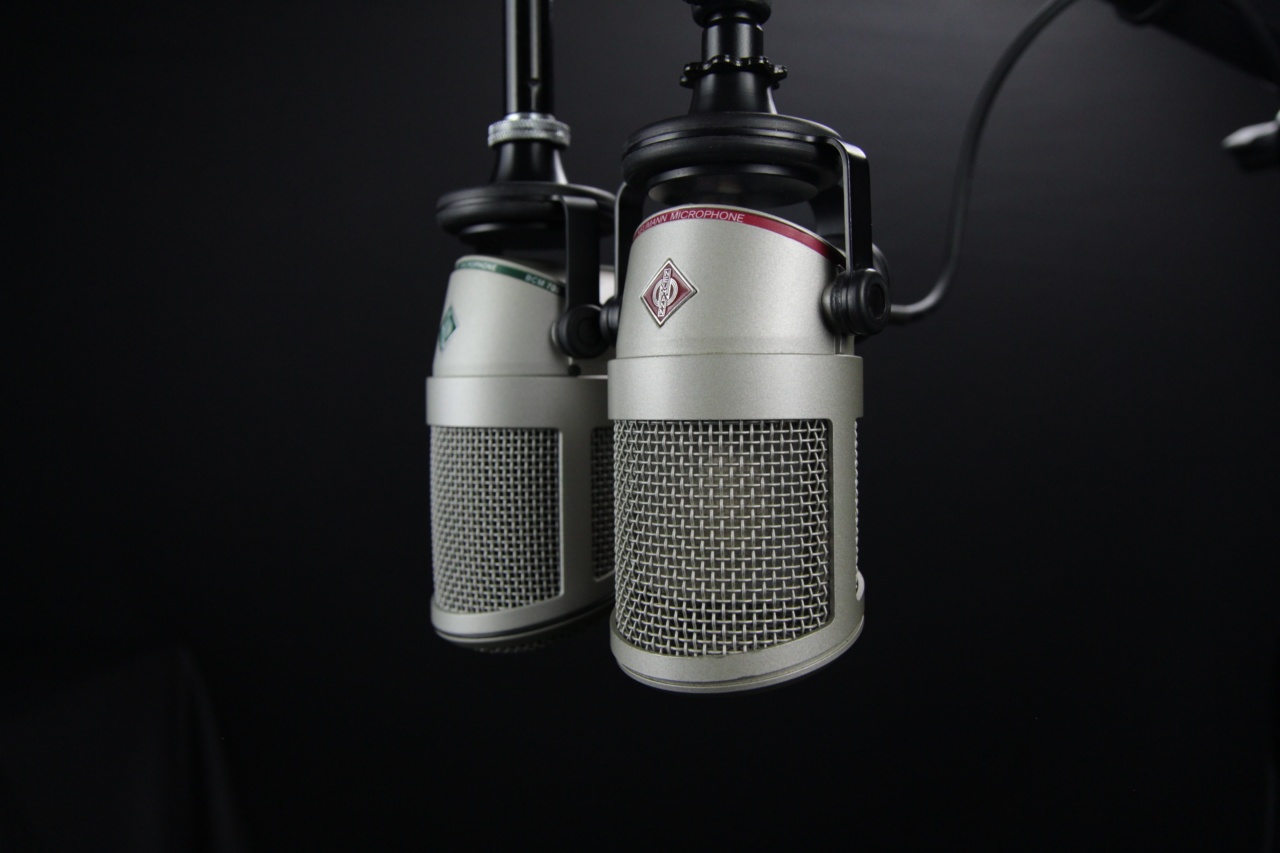Pacemakers have been a lifesaver for people suffering from heart arrhythmias for decades. These small, battery-powered devices are implanted in the chest and regulate the heart’s beating when it loses rhythm.
However, the batteries used in pacemakers have always been a limitation; the battery needs to be replaced every few years through invasive surgery, which is risky and expensive.
Scientists have been researching ways to eliminate the battery issue in pacemakers.
And now, a new technology has emerged – a battery-free pacemaker that is powered by the patient’s own heartbeat! This revolutionary device could change the way we approach heart care forever.
The Future of Pacemakers
The battery-free pacemaker is using cutting-edge technology to power itself by capturing energy from the patient’s own heartbeat.
The device uses a tiny, piezoelectric generator that transforms the kinetic energy of the heartbeat into electricity to power the pacemaker. This method eliminates the need for any external source of energy, making the pacemaker much more durable and long-lasting.
The energy production capacity of the device is still lower than that of a battery-powered pacemaker, but scientists are working on optimizing the process to achieve greater efficiency.
The new pacemaker can also be monitored wirelessly, allowing doctors to adjust its settings or check their patients’ heart’s status in real-time.
The Advantages of Battery-Free Pacemakers
The new pacemaker technology has several advantages over the traditional ones:.
Less Invasive Surgery
Battery-free pacemakers create a whole new level of convenience for patients. As they do not require any battery replacements, which means that there is no need for invasive surgeries every few years to replace the battery.
This is a great relief for individuals, particularly the elderly, who are otherwise more prone to complications associated with surgery.
Reduced Complications
Battery-free pacemakers could potentially eliminate the complications caused by battery replacements. Studies have shown that the use of battery-powered pacemakers may increase the risk of infection, bleeding, and other surgical complications.
With the new pacemaker technology, these risks would be less prevalent.
Long-Lasting Device
Battery-free pacemakers have the potential to last much longer than traditional pacemakers, as the device’s energy source is the patient’s own heart instead of an external battery.
This may reduce costs for patients and reduce the number of surgeries required over a lifetime.
Improved Durability
The lack of a battery component in the pacemaker increases its durability, making it much more resistant to environmental factors and impacts.
Future Developments
The research and development of battery-free pacemakers are in their early stages. This innovation could have far-reaching implications for not just heart care, but within a range of wearable devices over the years.
The technology could also enable a new generation of implantable medical devices powered by energy-harvesting rather than short-lasting batteries.
These would include a wide range of implantable sensors and other medical equipment that require long-term, high-efficiency energy sources.
The Conclusion
The battery-less pacemaker is without question a significant step forward for the health care industry.
While it has not yet reached the level of efficiency of traditional pacemakers, it represents an innovative and progressive move in the right direction. The prospect of longer-lasting and more reliable medical devices powered by renewable energy sources provides an exciting glimpse into the future of the medical industry.
The launch of battery-free pacemakers is just one step in the direction of sustainable health care.





























